Subscribe to:
Post Comments (Atom)
skip to main |
skip to sidebar

Me & Local Kiddies

Our local family

Picture Perfect in a BH
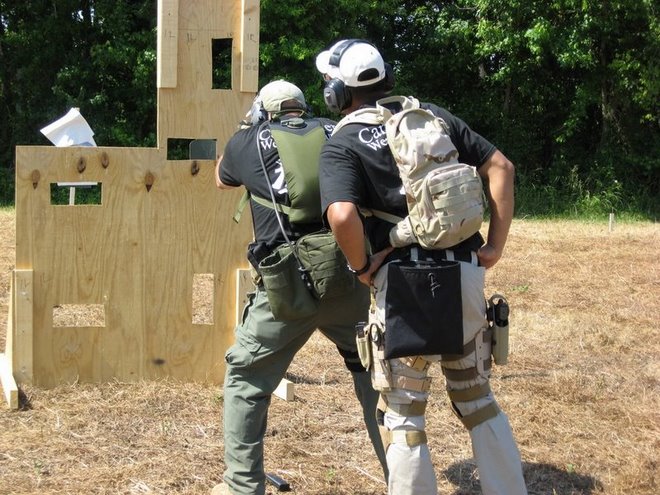
Photos of us instructing civilians, LEOs, and military personnel. Here's a pic of a barricade drill with pistol
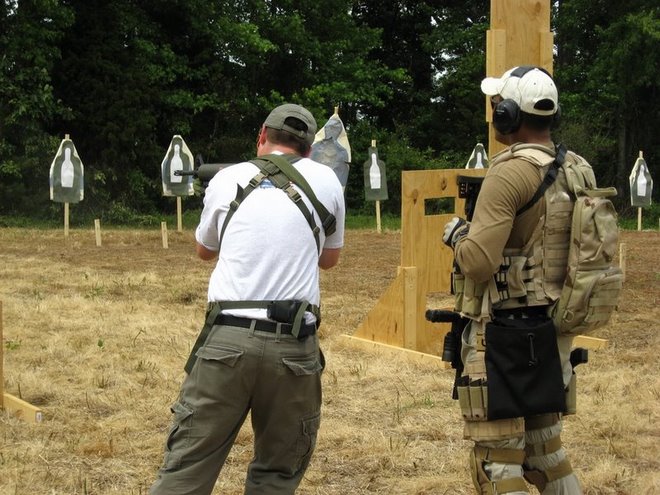
Barricade Drill with Carbine
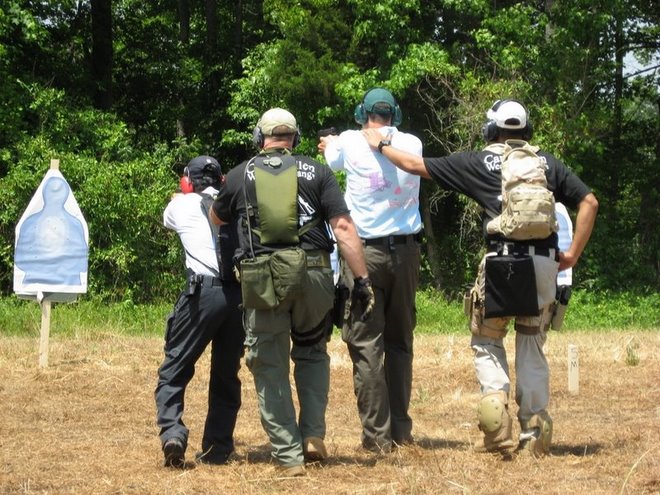
Two man forward assault with pistol and mag change on the move
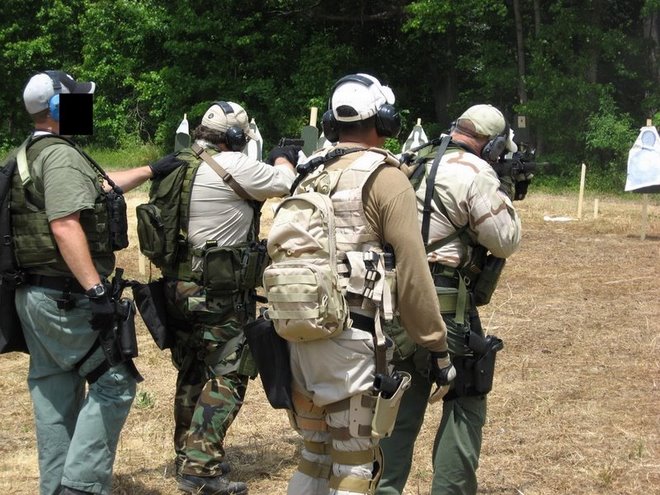
Two man lateral movement drill with carbine and transition to pistol

Shadow 6 contemplating life...
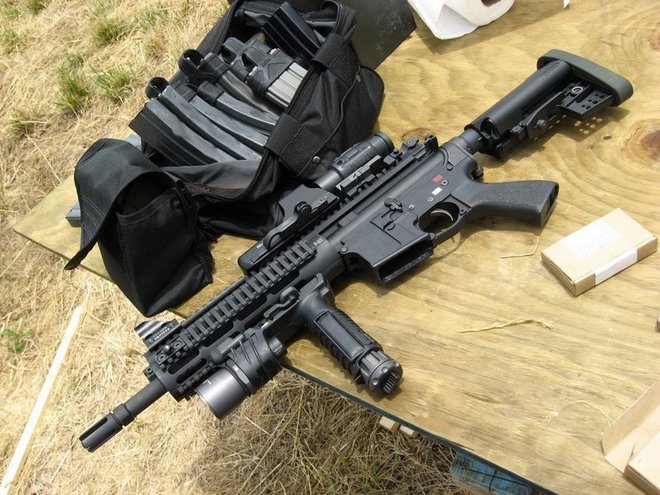
PDW taking a breather between drills
The "Shooter Ready..." Blog is open to opinions and facts in regards to small arms, tactics, marksmanship, and gunsmithing. Remember - opinions are like anal sphincters...everyone has one. If you do not have anything constructive to add to this blog, please don't waste your time posting. Pictures of your small arms collection are more than welcomed. Be Safe & God Bless Our Troops. Shadow 6
Three Wolves Tactical
Firearms Training
- Front Sight Firearms Training Institute
- Ignatius Piazza - founder of Front Sight
- Ignatius Piazza blog site
- Front Sight - in Cybercast News Service
- Ignatius Piazza - in El Mercurio
- Ignatius Piazza - in Gun World
- Front Sight - in Gun Web
- Ignatius Piazza - in Handvapen Guiden
- Ignatius Piazza - in Las Vegas Sun
- Front Sight - in Los Angeles Times
- Ignatius Piazza - in San Francisco Chronicle
- Ignatius Piazza - in Small Arms Review
- Front Sight - in The Mail on Sunday Review
- Ignatius Piazza - in Times Democrat
- Front Sight - on BBC News
- Ignatius Piazza - in Chicago Tribune
- Front Sight - on CNN
- Ignatius Piazza - in Fort Worth Star Telegram
- Front Sight - in Guns & Ammo
- Ignatius Piazza - in Las Vegas Life
- Front Sight - in New York Times
- Ignatius Piazza - in Playboy
- Front Sight - in Satna Cruz Sentinel
- Front Sight - in US News & World Report
- Ignatius Piazza - in Washington Post
- Front Sight - in London Times
- Ignatius Piazza - in National Enquirer
- Front Sight - in Financial Times
- Ignatius Piazza - in Forbes Magazine
- Front Sight - in Black Belt Magazine
- Front Sight - in Sierra Times
- Ignatius Piazza - on Reform America
- Front Sight - in Icon Magazine
- Front Sight - in El Pais Seminal
- Front Sight - on USA Today
- Ignatius Piazza - in Las Vegas Mercury
- Front Sight - in Pajaronian Register
- Ignatius Piazza - on World Net Daily
Rifle & Handgun Forums
Handguns
AR 15 Manufacturers & Distributors
Patriot Performance Materials
Deployment

Me & Local Kiddies

Our local family

Picture Perfect in a BH
Tactical Pistol & Carbine Course

Photos of us instructing civilians, LEOs, and military personnel. Here's a pic of a barricade drill with pistol

Barricade Drill with Carbine

Two man forward assault with pistol and mag change on the move

Two man lateral movement drill with carbine and transition to pistol

Shadow 6 contemplating life...

PDW taking a breather between drills
7 comments:
I suppose I can start off the replies by posting the (obvious?) differences in the platforms, which helps to explain my personal opinion of the different systems.
"D.I. - Direct Impingement"
When the trigger is squeezed, and a round is fired, expanding gases travel down the barrel behind the bullet. Prior to exiting the barrel, the gases are forced into a port which sends the gases down the gas tube to the upper receiver. The gases then enter the bolt carrier through the gas key, causing the bolt carrier to begin rearward movement, and causing the bolt to rotate and unlock. The rearward movement extracts the spent case. Excess gases are vented through two holes in the bolt carrier through the ejection port, as well as into the upper receiver when the gas key moves rearward away from the gas tube. Upon the bolt carrier's return, it picks up a round of ammuntion from the magazine, and rams it forward into the chamber. Simple and crude description, but it covered the major points.
"Gas Piston"
When the trigger is squeezed, and a round is fired, expanding gases travel down the barrel behind the bullet. Prior to exiting the barrel, the gases are forced into a port which sends the gases into a piston tube (or chamber). The gases press against a piston which in turn presses against an operating rod. The operating rod presses against the bolt carrier, causing rearward motion in the bolt carrier. During it's rearward motion, the piston passes gas ports that vent the excess gases under the hand guards of the rifle. The bolt carrier moves to the rear, the bolt rotates and unlocks, the spent casing is extracted and ejected, and on it's return, the bolt carrier group picks up a round of ammunition and rams it forward into the chamber.
"The Opinion"
I have owned several DI AR-15s in my lifetime, from different manufacturers. All have performed near perfectly for approximately 600 to 1000 rounds, without cleaning, if I started with a clean and lubed rifle. After approximately 600 rounds, I begin to have failure to feeds (FTF), failure to extracts (FTE), and double feeds due to short stroking. The majority of these failures could be attributed to the DI system dumping dirty gases, carbon, and other deposits into the upper receiver. This caused the lugs on the bolt to bind during the unlock phase of movement, and the bolt carrier to cycle slowly due to excess friction. Another possible cause to some of the FTF and FTE issues is excess heat causing inconsistent expansion of parts in the upper receiver. The receiver itself is made of aluminum, and the bolt and carrier are made of steel. The two metals expand at different rates, which under extreme heat can cause additional friction.
The Gas Piston system removes the biggest offender from the system prior to it finding it's way into the upper receiver. The hot, dirty gases that would normally be pumped into the upper receiver are vented under the handguards. This eliminates both the heat build up in the upper receiver, and the dirty carbon build up on surfaces that are supposed to slide smoothly against one another.
There is nothing wrong with the DI system, as long as it is kept clean. The average shooter, who goes to the range and puts 100-250 rounds down range and goes home to clean his rifle will probably never see any of the issues that I mentioned. On the other hand, individuals who rely on their weapons in combat, who don't always have the time to stop and clean their weapon during a fire fight, should be able to see the potential for greatly improved reliability and function.
I take a rifle and around 1000 rounds of ammunition to work with me every day. The rifle I am willing to bet my life on is a gas piston rifle, because I am convinced that my rifle won't stop firing until I have expended all 1000 rounds. If that hasn't solved the problem of whoever started the fight, I probably shouldn't have been there anyway.
Be Safe.
SAO1911
Great answer.
And I am going to take the other side of the coin. I have owned two AR platforms, a SR-25, and a DPMS AP4 (308). I have a GAP SASS (308 also) waiting for me at the Armory now.
All of my ARs are gas. I have a piston system rifle, a 1944 Garand :)
Unless you are a front line combat soldier, as you mentioned, this discussion is moot. Unless you plan on shooting a few thousand rounds between even the most rudimentary cleaning, a gas system is great. I cannot justify the cost to go piston (especially since I only shoot 308 ARs and the POF one is the only game in town, if it is even a game). There really is no need.
I know quite a few people who bought the Sig 556 because it is piston driven. whoop de freaken do. These guys shoot max 200 rounds at the range and clean. Seems like a silly purchase to me (I personally have shot one of these, and thought it was a crappy feeling AR. Do not like them at all).
Personally, if I wanted a piston rifle, Id get an AK.
To each his own. But for most private gun owners, a piston AR is not necessary. Gene did good. :)
"The Third Side of the Coin..."
Good points from the previous posters. I'm going to take the "third" side of the coin (let me know when you figure out what that means...lol).
I've had first hand experience on the battle field with M4 malfs. My M4 went down a few times and, after spending precious time troubleshooting, was sent to our designated armorer and each time he gave me the same answer - "malfs were secondary to SWA grit...needs more cleaning". We were cleaning our weapons at least 3 times a day, sometimes less if we got the call. Weapons were wearing condoms when not in use. At times, it felt like I was spending more time cleaning my weapon than using it. Ran into a buddy of mine who had the H&K 416 and he gave me a quick SITREP. Let's just say he spent less time cleaning his weapon than I did on mine. Now, I'm probably going to hear it from the die hard DI guys out there saying "No $h--, dumb@$$...of course you're going to have malfunctions if you don't clean your weapon...any weapon will"...and..."I've used the DI platform since Nam and I've never had a problem or issue". Well, I say...Good on ya, mate. All it takes is one simple malf on the battlefield to end up in a body bag. I want a weapon system that will function 110% of the time and just as equally reliable. Now, with that being said, I'll have to agree with what b-train said about your everyday plinker opting for a GP system. Just doesn't seem economically prudent...unless of course you just have that extra money to spend. I take it that most people won't be doing dynamic entries at their local 7-11 or Home Depot and that their home environment doesn't consist of fine, SWA grit...so a DI platform would suffice. If ya just gotta have a piston driven system, there's other economical choices out there that could be had (i.e. - Ares, etc.). But keep in mind, not all GP ARs are created equally. All have their pros and cons. Some shouldn't have been manufactured. And others aren't attainable by civilains anyways so you don't have to worry about them. I have both platforms. One I use for hunting, plinking, etc. and the other I use for business.
Keep the comments rollin' in. Be Safe & God Bless Our Troops.
Shadow 6
Don't listen to Shadow. He tends to talk out of his third point of contact at times. And when are you going to lose the "6" designation after your call sign, Shadow? Last I checked, you were no longer in a 6 position. Just given ya hard time, brotha.
Yup, I would have to agree with what my bro said. I have both platforms as well...one fer play and the other fer work. I will have to say that I really didn't have any serious malfs with my M4 when I was hunting in the ME. "You need to clean your weapon better JR"...lol. Be safe and Check yer 6.
Another point that hasn't been brought up.....Lefties. Many left handers complain about the gases expelled into their faces from the ejection port on DI rifles. I have not really noticed this when we train off hand, but I have heard complaints from the lefties before. The biggest problem I have had with shooting left handed is brass bouncing off of cover and ending up in wonderful places like down the back of my body armor and stuck in my shooting glasses.
Perhaps Shadow can shed some light on this, as I believe he is one of those oddballs ;-) who shoots pistol right and rifle left.
Be Safe.
SAO1911
Right you are SAO1911...I am one of those odd balls...lol. Makes transitions from primary to secondary a helluva lot quicker in my opinion. I'm actually an ambidextrious shooter (shoot rifle & pistol either side)...left eye dominant, though. With a piston platform, you do get less gas blowing back into your face especially when shooting supressed. I never really had an issue w/ brass and gas shooting a standard RH rifle, though. I guess you could buy a Stag lefty and drop in a Shrike kit from Ares to eliminate both problems if it bothers you that much.
Shadow 6
Seeing as we're fishing for info DI vs. GP... is there any mechanical reason not to change? After thinking about the mechanics (after reading your discription) I realized that when the (DI) gas flows into the carrier it pushes in all directions (not just moving the carrier aft). In effect it pushes the bolt forward slightly ('unloading' the bolt lugs from the chamber lugs - they had just been forced tightly together from cartridge ignition/case expansion) AND pushes the only other movable part, the carrier, to the rear. (Could that slight forward movement also have aided in "pre" primary extraction?)
With GP the only force will be to push the carrier rearward causing the bolt to rotate from the position it was last in after firing.
Hence these questions, Does this change long term wear patterns on the contact surfaces of the lugs? Significantly enough to effect part life? Has this long term effect been measured? Or is it a non-issue?
Post a Comment